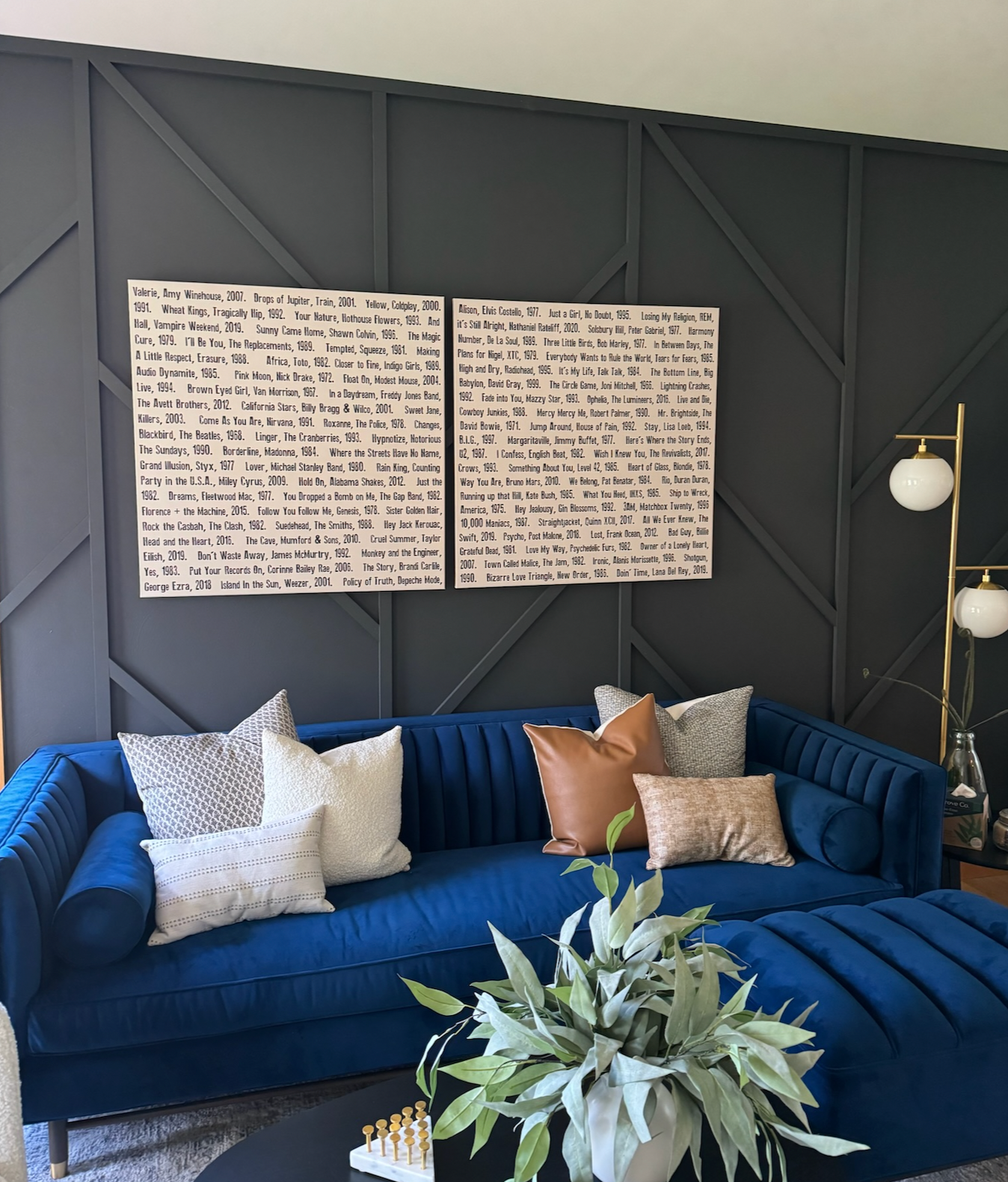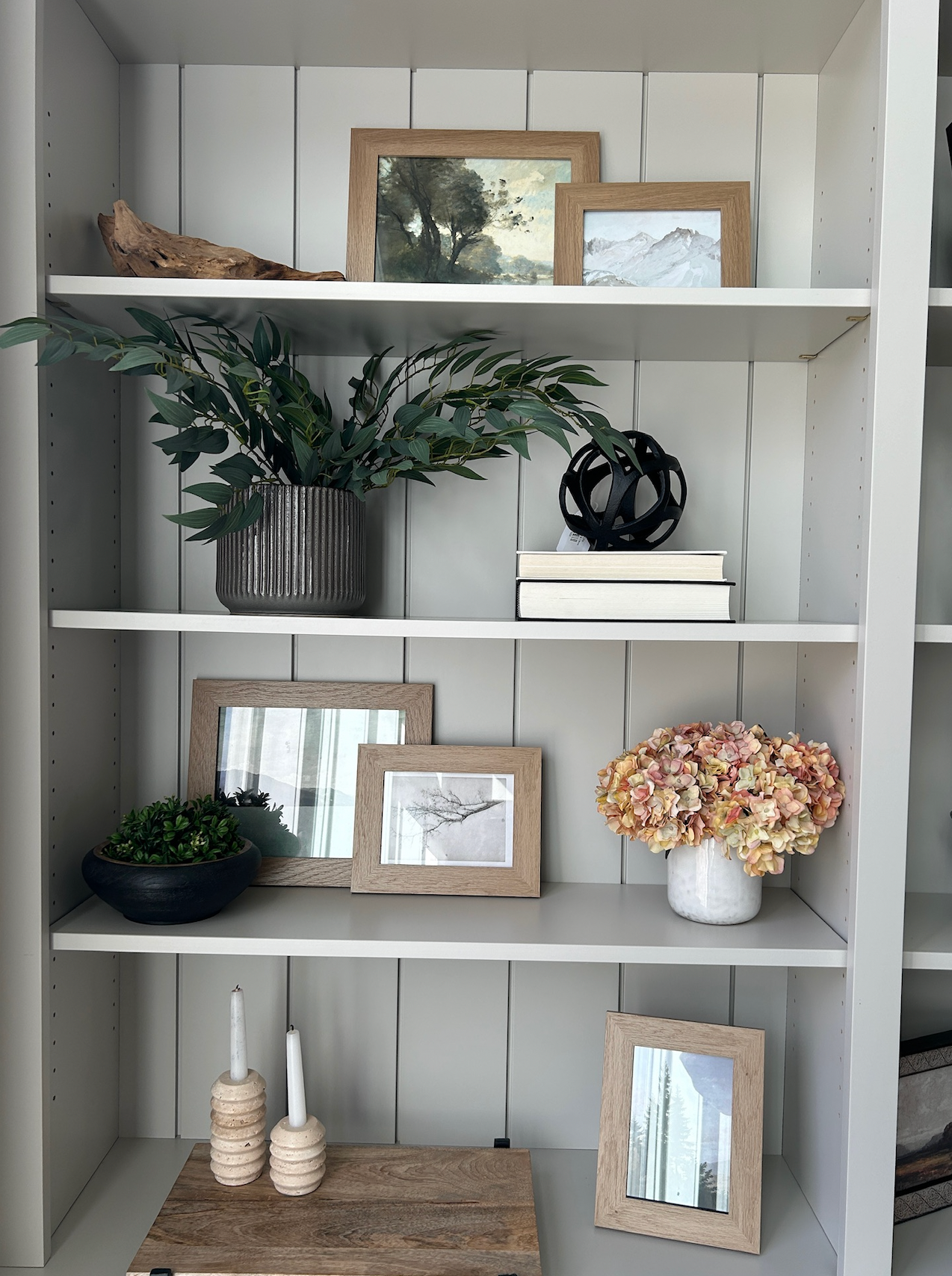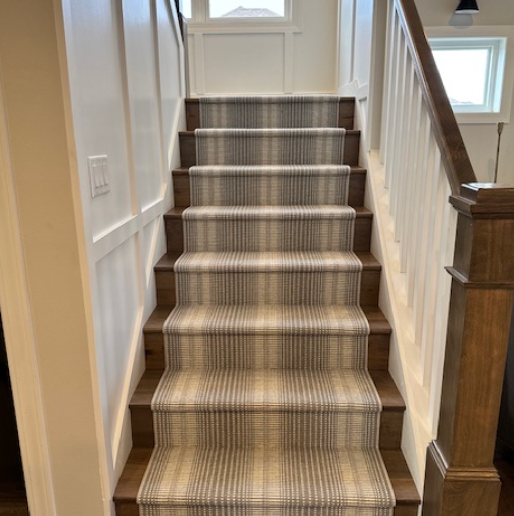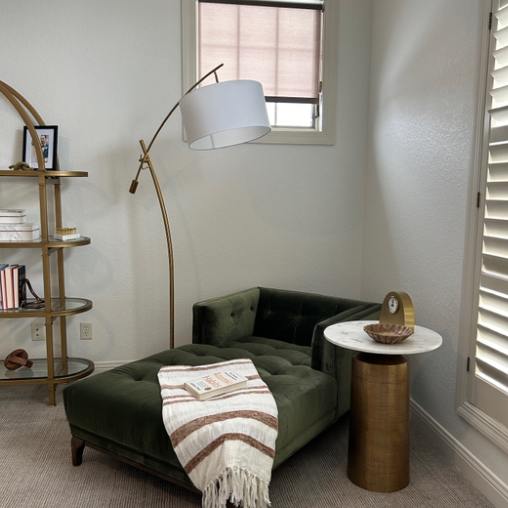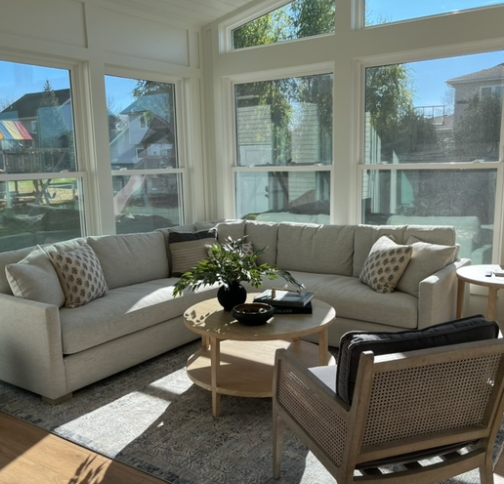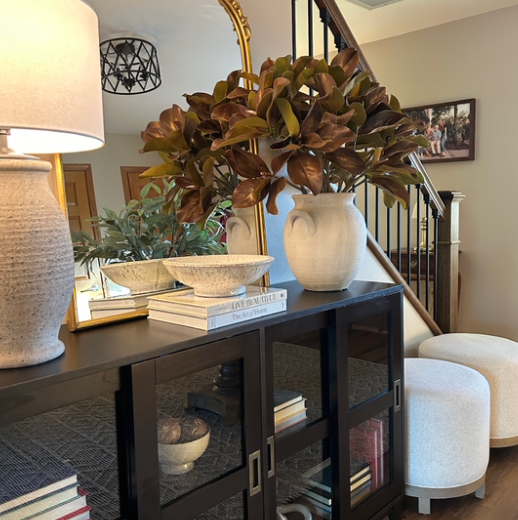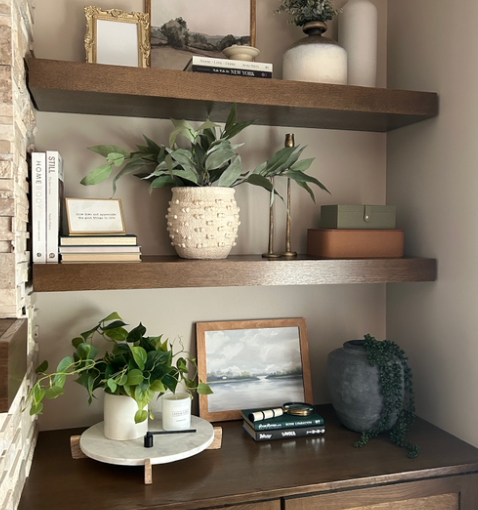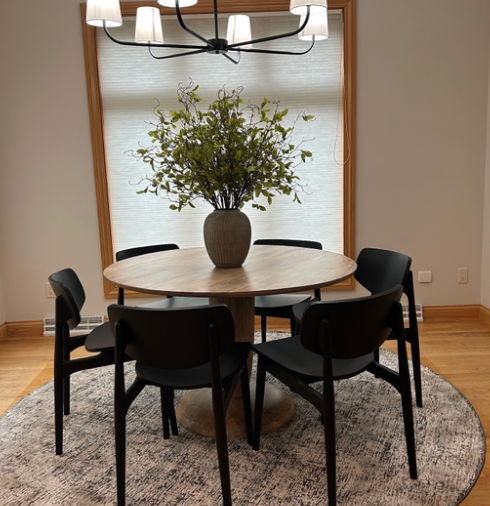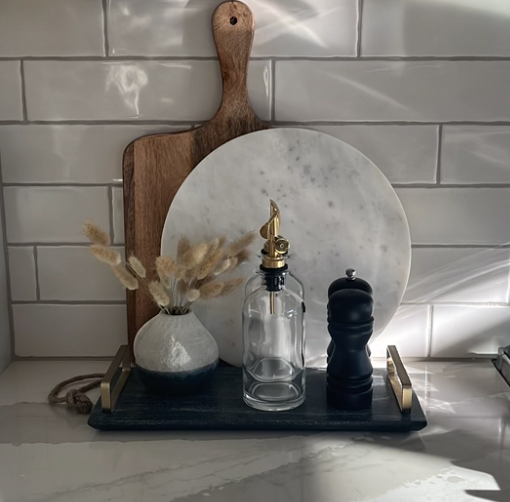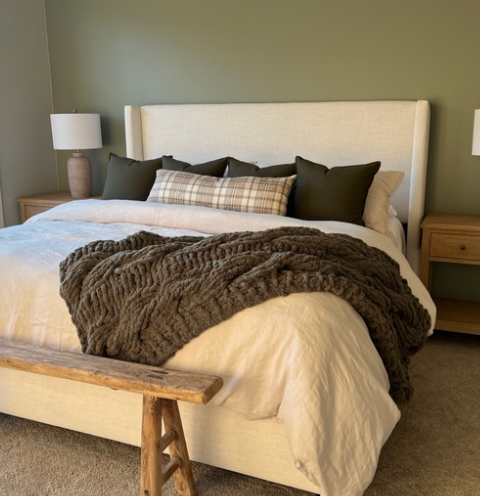Coordinating pillows can be a fun way to enhance the overall look and style of a room. However, it can be daunting and overwhelming trying to remember all the rules to accessorize aptly. Here are some tips on how to coordinate pillows effectively, but most importantly, make sure that your four-legged friends find your pillows comfy and cozy.

Choose a color scheme:
Start by selecting a color scheme for your room. You can opt for complementary colors, monochromatic tones, or even a mix of contrasting colors. You can select colors that complement or contrast with your existing furniture and decor. Consider the overall mood you want to create—do you prefer a calming, monochromatic palette or a bold, vibrant one? Having a defined color palette will help guide your pillow selection.
Consider patterns and textures:
Mix and match different patterns and textures to add visual interest to your pillow arrangement. You can choose from stripes, florals, geometric prints, or solid colors. A simple rule of thumb is to mix a solid pillow with a striped pillow with a patterned pillow, such as a floral, animal print or geometric.
Solid + Striped + Patterned (floral, animal print, geometric)


Additionally, varying textures such as velvet, linen, or faux fur can create depth and dimension.
Play with sizes and shapes:
Experiment with different sizes and shapes to create visual balance. Incorporate a mix of square, rectangular, and round pillows. Larger pillows can be placed towards the back, while smaller ones can be layered in front. For a bed, layer 24x24 or 22x22 pillows in the back, 20x20 or 18x18 in the middle and a lumbar in the front.

Experiment with different pillow inserts:
Polyester, feather, and down pillow inserts are popular choices for enhancing the comfort and support of pillows. Polyester inserts are crafted from synthetic fibers that mimic the softness and resilience of natural materials. They offer excellent durability and retain their shape even after extended use. With hypoallergenic properties, polyester inserts are suitable for individuals with allergies and provide a cost-effective option for those seeking a comfortable pillow.
Feather pillow inserts are constructed with a combination of down and feathers. These inserts provide a balance between softness and support. The feathers add structure and durability to the pillow, while the down clusters contribute to its soft and luxurious feel. Feather inserts are a popular choice for those who prefer a medium-firm pillow with a bit more resilience.
Down pillow inserts are made from the soft and fluffy clusters found beneath the feathers of ducks or geese. Known for their luxurious feel, down inserts offer exceptional loft and conform to the contours of your head and neck. They provide a plush and cozy sleeping surface and are highly regarded for their superior insulation properties. However, it's important to note that some people may have allergies to down, and these inserts require regular fluffing to maintain their loft.
Don't overcrowd:
While it's tempting to pile on numerous pillows, be mindful of not overcrowding the space. Leave some breathing room between pillows and make sure they don't overwhelm the furniture or the room. For a sofa, start with two-three pillows on each end and go from there. When arranging pillows, odd numbers tend to create a more visually appealing display. For example, you can use three or five pillows on a sofa - arranging them symmetrically with equal numbers on each side, or create an asymmetrical arrangement for a more eclectic feel.

Consider the furniture and room style:
Take into account the style and scale of the furniture in the room. If you have a minimalist or modern design, you might want to opt for pillows with clean lines and solid colors. For a more eclectic or bohemian style, you can mix and match different patterns and colors. Coordinate your pillow choices with the colors, patterns, and materials used in curtains, rugs, and other textiles. This will help create a cohesive and harmonious look.
Step back and assess:
Once you've arranged your pillows, step back and assess the overall look. Make any necessary adjustments to achieve the desired balance and aesthetic appeal. Don't be afraid to experiment: Pillow arrangements are highly subjective, and what works for one person may not work for another. Feel free to experiment, rearrange, and try out different combinations until you find a configuration that you love.

Remember, these are just guidelines, and ultimately, the choice of coordinating pillows depends on your personal taste and style preferences. Have fun experimenting and creating a pillow arrangement that reflects your unique vision!

